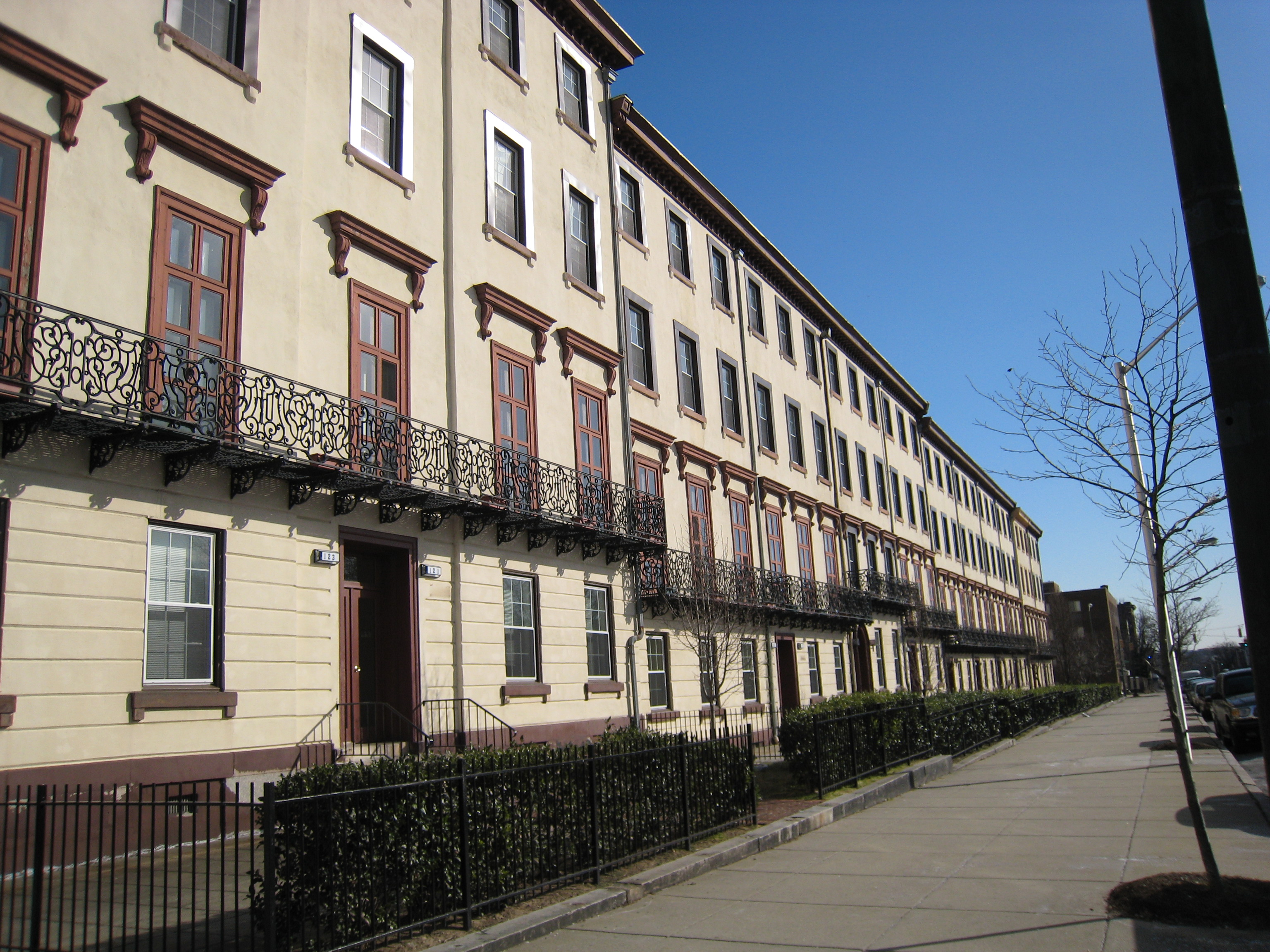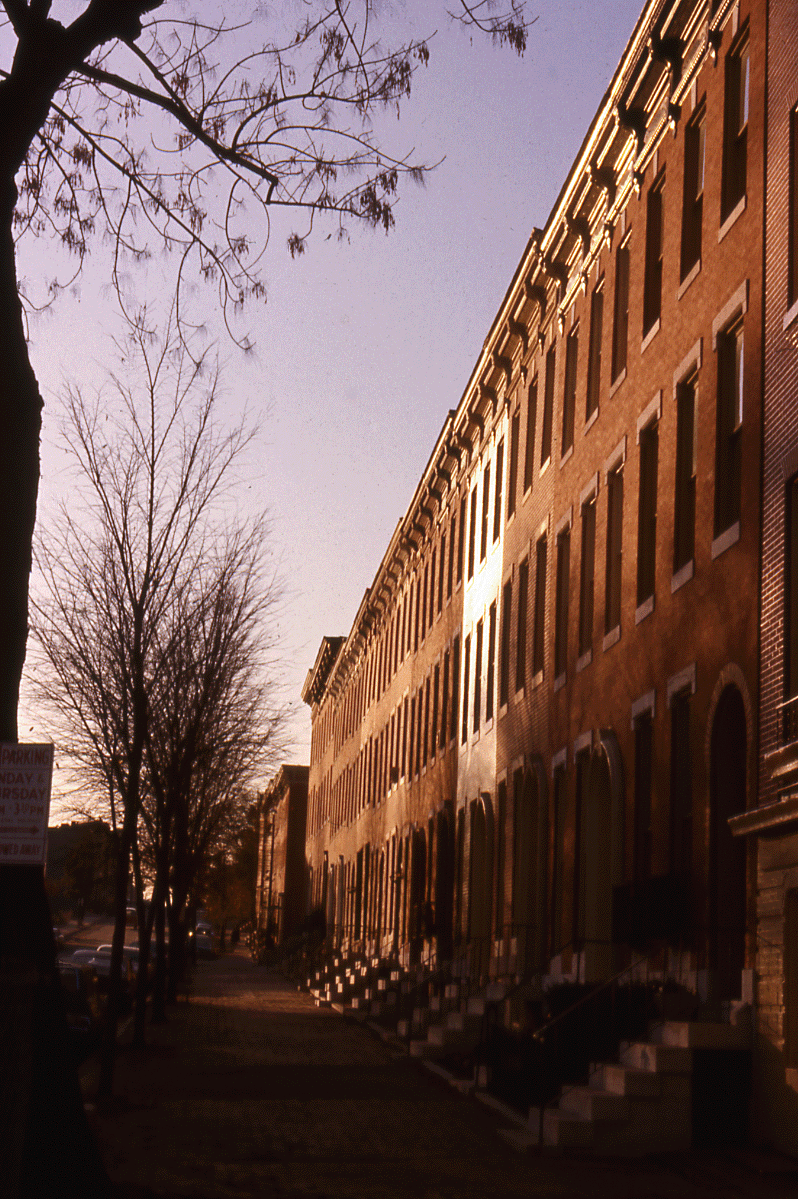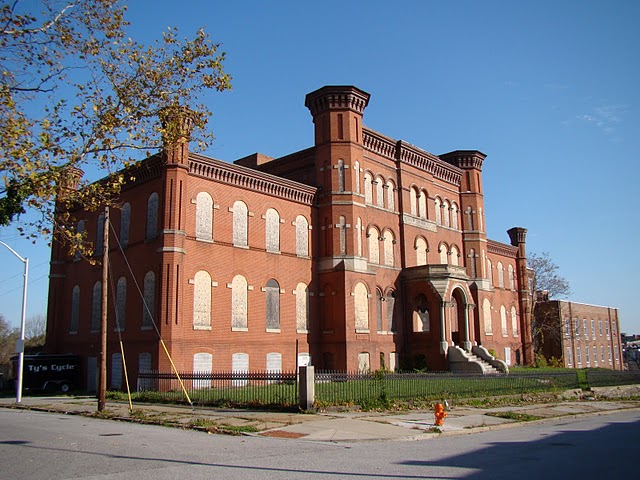Our Baltimore Building of the Week series from Dr. John Breihan returns with Italianate Rowhouses, the second entry in our three part series on Italianate Rowhouses,

Italianate rowhouses, popular in Baltimore from the 1850s until the 1880s and beyond, were particularly suited to long, uniform rows beneath uniform carved cornices. They formed stately “street walls” around Baltimore’s squares and along principal thoroughfares like Broadway. Pictured here are Waverly Terrace, circa 1850, on Franklin Square, and the north side of Union Square, circa 1880. The latter contains the home of the Sage of Baltimore, Henry Mencken, now owned by the City of Baltimore.



